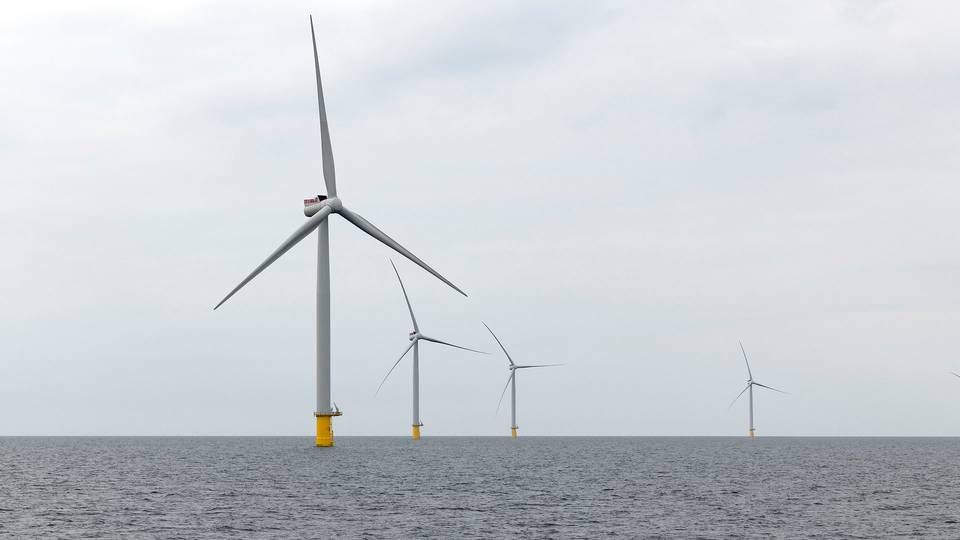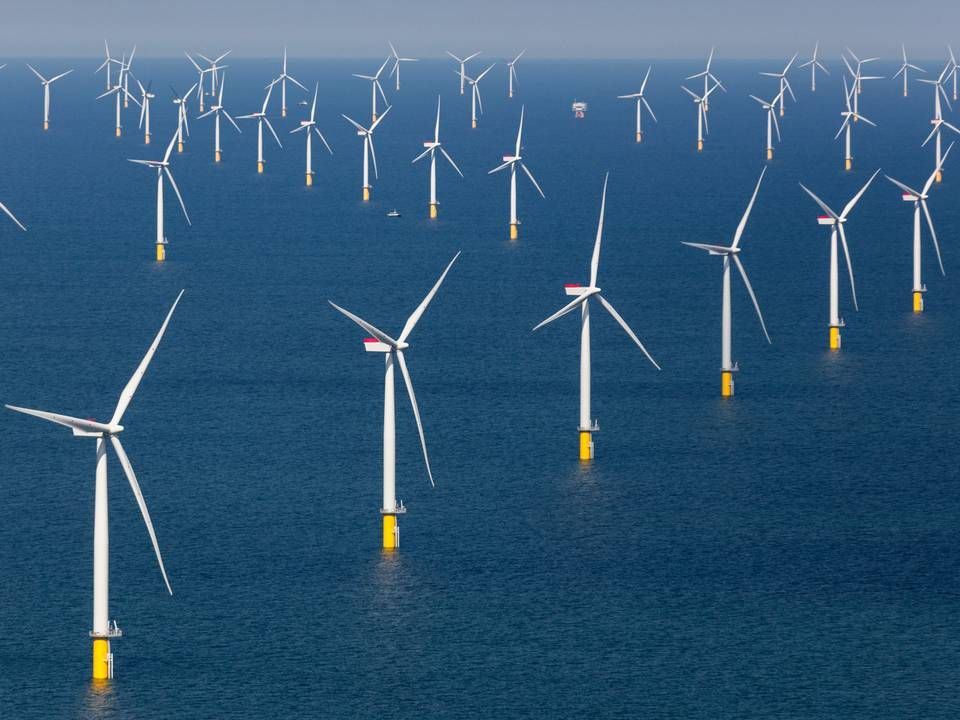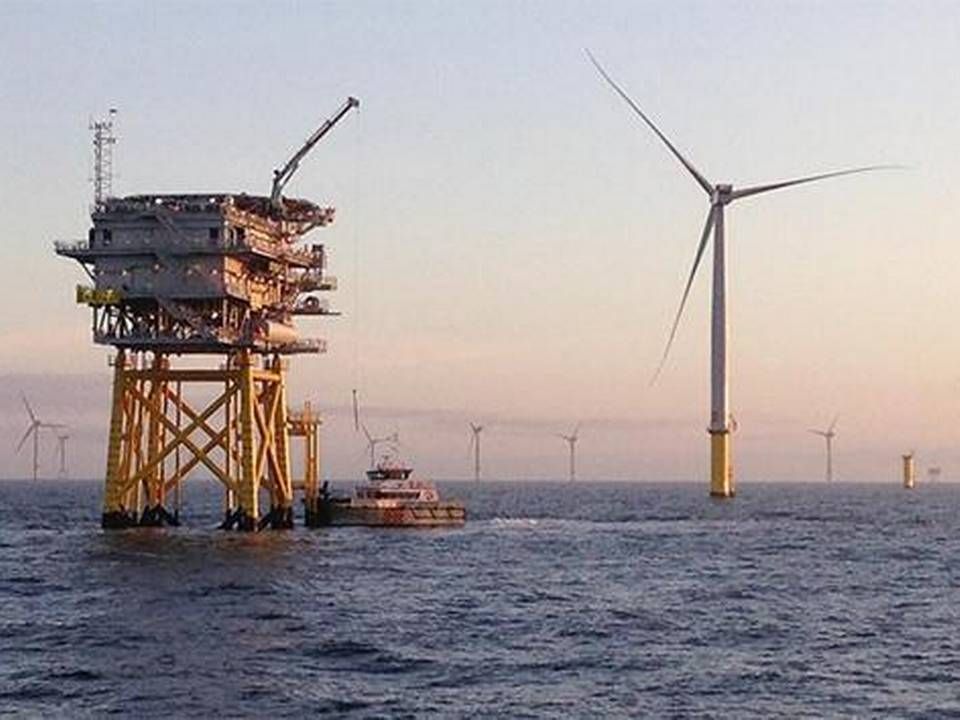Danish Parliament agrees to another 2GW offshore wind by 2031

More offshore wind farms will help ensure Denmark's CO2 cut of 70 percent by 2030 relative to 1990 emissions.
A row of political parties and the Social Democratic government have reached agreement about sending an additional 2GW of offshore wind capacity to tender, with commission set to take place before 2031, shows a preliminary 2022 state budget draft supported by the government, the Socialist People's Party, the Social-Liberal Party, the Red-Green Alliance, the Alternative and Christian Democrats.
2GW of offshore wind is enough to supply roughly two million households with electricity.
At the same time, parties agree that in 2022 the government will present analyses to serve as the basis for soliciting one further gigawatt.
Danish Minister of Finance Nicolai Wammen points out that offshore wind can be developed under conditions that don't cost the state money.
"This shows that there's unbelievable momentum within the green area – both technologically and commercially," Wammen says in a statement.
German power company RWE won its bid ending last week's tender to develop the country's hitherto largest offshore wind farm, Thor, marking the first time such a facility is planned without carrying a state expense.
Rather, the finance ministry is counting on revenue of DKK 2.8bn (EUR 376.5m) coming from the facility to be located in waters off the country's western coast.
Normally, the state has given utilities subsidies to develop renewable energy, but this time money will flow the other way.
Pursuant of the agreement, roughly DKK 250m is earmarked for climate and environmental efforts next year. Ahead of 2025, the sum come to DKK 1.3bn.
The agreement is projected to reduce greenhouse gas emissions by another 500,000 tonnes by 2025, for instance, via carbon capture and sequestration projects.
Signatory parties also agree that 10GW connected to the planned North Sea energy island must be established as soon as possible, targeting 2040 for full operation.
However, offshore wind is not the only focus area included in the deal: Established two new marine nature reservations located in the Danish Straits and strengthening efforts to improve drinking water are also part of the agreement.
The state budget for next year will be settled before Christmas this year.
RWE wins Danish offshore wind tender Thor
Ørsted installing around 1GW of German offshore wind
Related articles
RWE wins Danish offshore wind tender Thor
For subscribers
Ørsted installing around 1GW of German offshore wind
For subscribers







.jpg&w=384&q=75)















